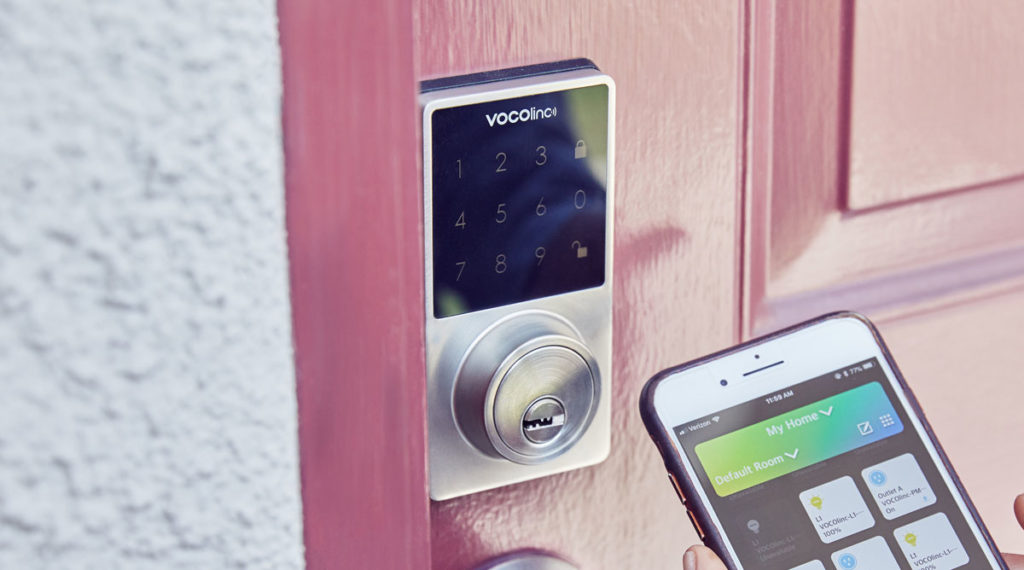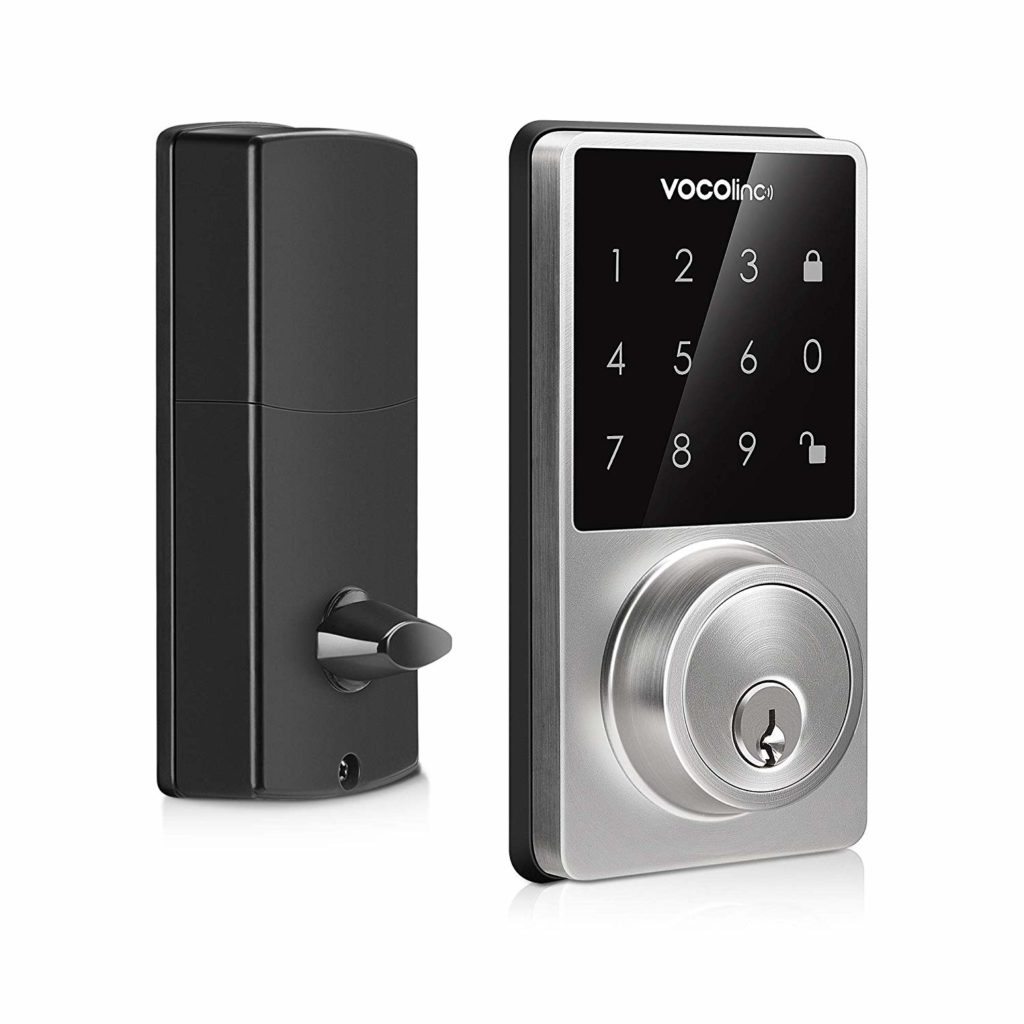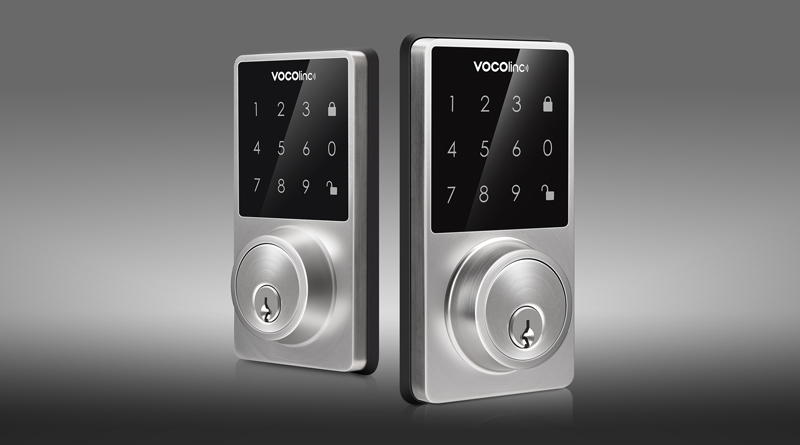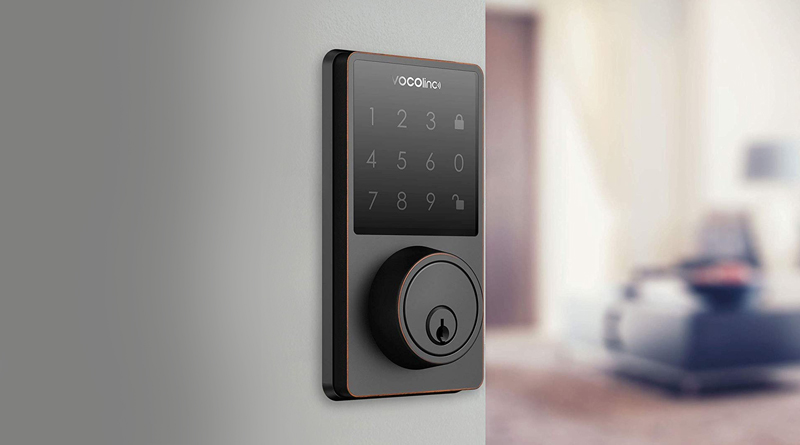I’ll be completely honest right off the bat and admit that I’ve personally never really been interested in smart locks, but not for the reasons you might think. First and foremost, smart lock or not, you will need a free hand to open, most, doors. So sure, you don’t need to put the groceries down and reach for the keys, but you do need to put them down to reach for the door knob. Secondly, here in Mexico where I live, most houses have an exterior gate and an interior door to the home and since I’ve not found a smart lock that is completely weather-proof, I still need to carry keys regardless of what’s going on with the interior door. Thirdly, it has to do with lock types. Again, here in Mexico a type of lock closely resembling a Rim or Mortise cylinder lock is extremely common, though deadbolts are very common as well. Lastly, my indifference toward smart locks has to do with their cost. For me, I simply haven’t been able to justify such a hefty investment for seemingly minimal real-world benefit. That was at least until I teamed up with VOCOlinc to review their T-Guard Smart Lock. Surprisingly, after having put this lock through its paces for a few months, I’m a smart lock convert.
For transparency’s sake, VOCOlinc did provide the T-Guard Smart Lock at a discounted rate to myHomeKithome for the purposes of this review, but as always, this has no bearing on my opinion of the product.
Features
- capacitive LED touchscreen
- manage access of up to 30 unique codes with activity tracking and frequency and schedule restrictions
- Remote control via Home hub
- auto-lock feature
Need to Knows
- Connects via Bluetooth 4.2
- HomeKit exclusive
- Requires 4 AA batteries with a 4-6 month lifespan
- Aged bronze and nickel satin finishes
Pros
VOCOlinc’s design aesthetic in general is pretty unoffensive and really unassuming, but I think they did a bang up job with the T-Guard. Simply based on the nature of the lock itself, you definitely realize that it isn’t just a standard lock and depending on where you live, this could be a deterrent or an invitation. Despite it looking like a smart lock, or at least a more advanced deadbolt, it blends in fairly well. It’s classy, but not prudish; bold, but not arrogant; modern, yet not sterile.
As someone who was initially a bit hesitant about smart locks in general, I appreciated and still appreciate the versatility of the T-Guard. You can use it with HomeKit automations or through Control Center, as is my preferred method. You can operate it with the keypad which is my wife’s preferred method. If you’re like me and rent, then your landlord appreciates that he can have a key. You can lock and unlock it using Siri. You can use the LinkWise app or any other HomeKit app. If you need to give someone access to you home for some reason, let’s say your mother-in-law is dog-sitting while you travel, well then she can have her own code that she can use when coming and going. And best of all, you can restrict access to these codes! You can have up to 30 unique codes which is, I think, more than sufficient for most households.
Of course, security is a huge concern with a smart lock. In terms of the physical key, the lock uses the KW1 key type which is an industry standard for good reason. As for the keypad codes, each of the 30 codes can have between 4 and 8 characters. The keypad also times out for 60 seconds after 4 failed passcode attempts. In terms of locking and unlocking the device, it is categorized as a secured device meaning that not only is the control command encrypted end-to-end between the iOS device and the T-Guard, but whatever Apple device you are using to unlock it has either been accessed with a passcode or some sort of biometric verification. The T-Guard is also BHMA (Builders Hardware Manufacturing Association) certified which means the lock has undergone thorough testing and has met strict construction requirements.
Cons
The T-Guard is a Bluetooth HomeKit accessory and though this creates a pretty solid and encrypted connection, it also presents some downsides that we need to be aware of. First, if we plan on using the T-Guard with automations, it needs to be within 15 feet of a Home hub. This is great for me as the door I have the T-Guard installed in leads into a room that has a HomePod, but if your door leads into a hallway or another room that doesn’t have a Home hub, you might have some frustrating problems. Secondly, once the Bluetooth connection is made, then the responsiveness is pretty solid, but if your device hasn’t been used in a little while, it may take a few seconds to respond. This can be frustrating when you’re trying to get inside. This is less of an issue with the T-Guard itself and more of an issue with Bluetooth however.
Though notifications of locking and unlocking can sometimes be a little sluggish, they always come, but something that did create some pretty big headaches for me during my initial testing of the T-Guards was jamming. If you have done any research on smart locks, then you already know that strike plate clearance needs to be at 99.9%. The motors in these machines are not that big and so the slightest resistance can lead to jamming. This was not my issue however. My issue came with how the lock was operated. It seemed that if I used HomeKit to unlock the door and then manually lock the door with the thumb turn, the lock would jam up. The jam was easy enough to unjam through locking and unlocking it with the app, but definitely an annoyance. On the upside of this, I reached out to the support team at VOCOlinc and literally within less than a week, the problem was resolved.
My only other concern with this smart lock is its size. While not much wider than a standard deadbolt, its height could potentially pose a problem depending on other door hardware that you have. This may go without saying, but I want to reiterate it as this was something I experienced. Make sure to measure your back sets and the size of the bore hole of the door you plan to use. My back sets were good, but I measure not the bore hole assuming it that deadbolt bore holes were standardized and they are, but my door and deadbolt was from before the modern standardization and thus created some very irritating problems. Don’t do what Donny Don’t does.
The App

The LinkWise app is constantly evolving and not just adjustments to the UI, but features are also regularly added to their accessories which make for a more enriching user experience that go beyond those offered by Apple’s Home app or HomeKit. One such feature is passcode management. Not only can we assign names and choose unique passcodes for individuals, we also have a pretty robust set of restriction parameters allowing us to limit how many times the passcode can be used. We can also restrict the passcode use by date, days of the week, and timeframes giving us the ability to only give milkman access to the fridge between 10:30 and 11 AM on Tuesdays.
Another feature of the app that I quite like is the auto-lock feature. Once enabled the auto-lock starts a countdown after the lock has disengaged and 30 seconds later, the deadbolt locks itself. This has yet to fail to take place so I’m now confident enough to just close the door behind me and trust that the T-Guard has got my back, though I might like to see the ability to adjust the countdown timer, although if I really wanted this, I could create an automation. Note: Since our initial review, this functionality has been added to the app.
My main gripe with the app is its color scheme. It is almost impossible to actually see the lettering. This is particularly important in an activity log as the data is the most important part and if you can’t identify the data, what is the point of even having it? I also had trouble realizing that I needed to download the activity log from the device itself since I couldn’t really see the icon indicating so. Initially, I thought that the activity log features simply didn’t work. I also find the on/off toggles in the Settings tab confusing since there doesn’t really seem to be any consistency in the colors. I actually find myself using the LinkWise app quite a bit to control their products since there are quite a few added features and I prefer the UI for the VOCOlinc range of products compared to other apps.
Final Thoughts

I haven’t lived with other smart locks, but I have tested quite a few and the T-Guard gives them a run for their money. It’s really versatile in terms of fitting the needs of just about anyone who might be using it from the avid automatier to the keenest of keyholders. Sure, it doesn’t look like a standard deadbolt, but I don’t think this is a bad thing and may even deter some would be thieves giving the impression that it may be more difficult to tackle than the house down the street without a 21st century deadbolt. The LinkWise app gives me enough extra features to keep me happy and given VOCOlinc’s track record, we can definitely expect software and firmware improvements over time. I also wanted to mention that this lock is currently a HomeKit exclusive and while I tend to stick only to HomeKit, I appreciate cross-platform compatibility, but as I understand it anyway, support for other platforms is within reach. I would recommend this smart lock to anyone interested based on its merits alone, but its also considerably more affordable than the competition putting it in a very unique position. Basically, it boils down to this, this lock made me change my mind about smart locks in general. Would I buy it again? Yes and, indeed, I have.
What features do you look for in a smart lock? What features do you think smart locks could improve upon? Let us know in the comments below. Come check out what’s going on with us on social media on Facebook, Twitter, and Instagram @myhomekithome.
Links & Resources
Learn more about VOCOlinc’s entire lineup of HomeKit-compatible products at https://www.vocolinc.com
We use income-earning affiliate links.
We may receive a small commission on purchases made using links on this page at no extra cost to you.



